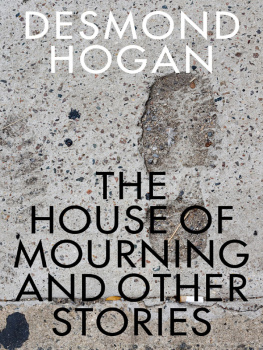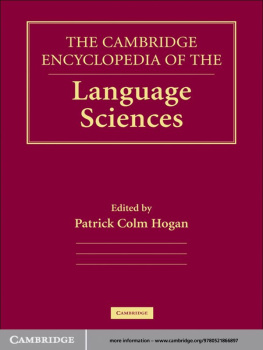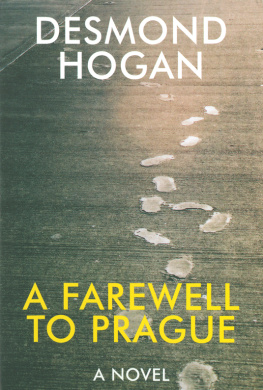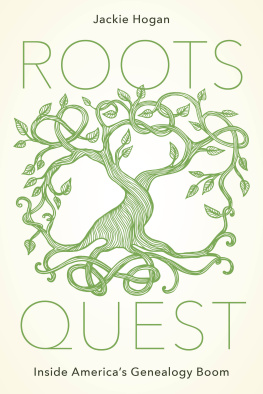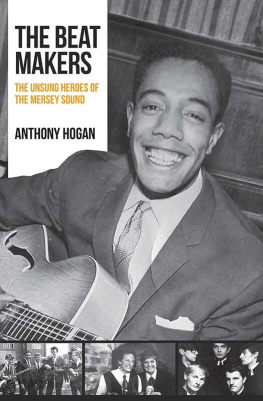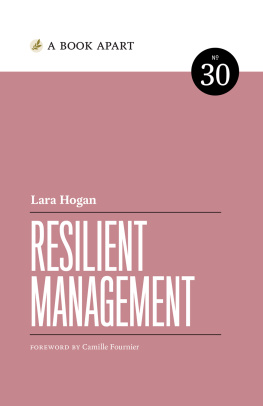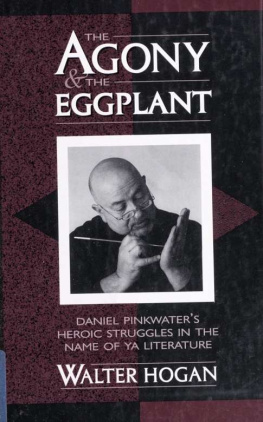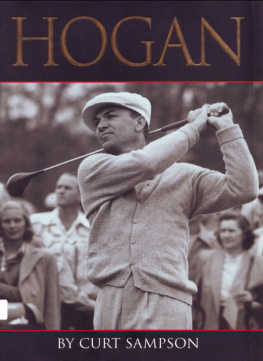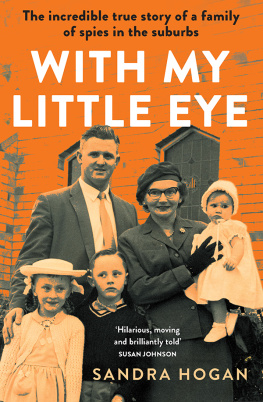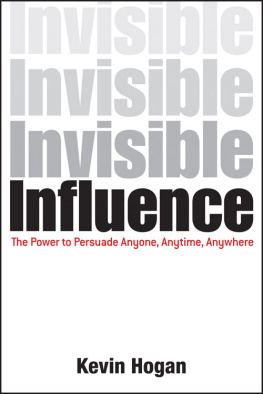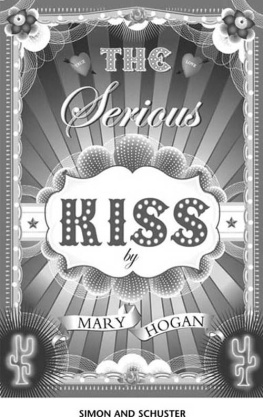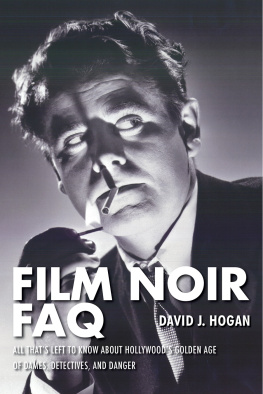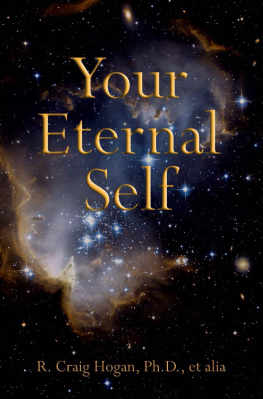These pieces have appeared in the following magazines and newspapers and have been published in the books and by the publishers I acknowledge:
Dates refer to the time that the pieces were written.
It was a big jamboree it reminded me of English circuses which visited Ireland when I was a child. They sold ice cream, they sold Dr Peppers, they sold sheets of poetry written by young women who alleged they rose at six to perform motherhood rites. This was Santa Cruzs fourth annual poetry festival.
The festival was the high point of an Indian summer which glorified the white Italianate villas of this town with their louvred shutters, which turned side streets to gold, side streets which very often ended at clusters of copper-leaf bushes.
Occasionally languid-limbed young men and young women wandered on the beach. The waters were warmer than Salthill in July but no one seemed to venture in except me. There were always the surfers though, a monotony on the Californian scene by now. In San Francisco Id met many young people whod come from the dark city of Dublin a few years before. Theyd stayed on, attracted by the call of Atlantis one of them told me.
California was a trail of seaside towns for me. Westport in northern California where all the activity seemed to be at the filling station and where a lackadaisical dog kept an eye on the sea. Mendocino from where you can see the grey whales go south, where white clapboard houses look to the surf dynamiting against rocks, where young people convene around the IChing in a logwood health-food caf.
But in Santa Cruz the sun catches the chords of guitars at evening.
Optimism has its victims. About ten people each summer are murdered. Theres a nearby valley where the Indians would never go, theyd just spy on it from the hills. It was a favourite of Charles Manson and his disciples.
These nights, nights of November, a fog hangs over Santa Cruz, a serene, disciplined wraith. Elsewhere the night is clear, with sidereal bulwarks over the Pacific.
He that increaseth knowledge increaseth sorrow, a sign had said in the window of a caravan north of Westport.
A middle-aged woman with Indian braids, in an orange dress with gold slabs on it, walked through the fog to the festival.
A young lady appeared on stage. It was her first public appearance. We were told she was shy. She looked at us directly. Her face was a clear, tremulous face.
recalling the times
when love leaps
in my chest
like a fish.
Her voice has a lilt one hears all the time in California, the lilt of poesy, the excess of anguish. The MC has it. She announces the poets as if theyre the subjects of therapy. Jimmy Lyons from Greenwich Village takes giant prowling steps on.
Sweet
Street
Poet
Greenwich
Village.
William Everson wears a cowboy hat. His white hair is long. His shoulders are penitent. He became a Catholic, then a monk, wrote under the name Brother Antoninus, fell in love with a nun. They applied to the Pope to live in celibate circumstances together. Permission refused. He moved in with her anyway. He speaks of the weather at Big Sur, the sudden calamitous storm.
William Burroughs is led on. He gives us a dark look. His voice is a monotonous drawl. Young people cheer when he finishes. He looks at them sadly. This generation took his son.
He loves Santa Cruz he says. Narrow streets, Spanish architecture , a quietude in the streets at night. A poster of Walt Whitman, in a slouch hat, in bravado pose, over a sofa in a bookstore which is still open. Outside red roses for sale.
After William Burroughs two Indian dancers come on and perform like flamingos until something goes amiss with the Indian music and then, hands on their hips, they start a slagging match with the music co-ordinator.
It is John Klemmer I will remember. We are all swept into the baroque, talkative tones of his saxophone.
A few days later outside a caf, within a white pen, a jazz band plays. The sun is going down. People come from nowhere with balloons. They bounce the balloons in the air. The movements of their arms are slow, balletic. The balloons seem to multiply. The sun is red. A few teenagers on skateboards sail in among the balloon bouncers. The sun is getting redder and the balloons bouncier. An old lady, hair in a grey and white bun, curled up in a pale blue dress, stares.
The balloons and the young people disappear. The salt air is bitter and laden. Tomorrow it will be another place, more translucent waves.
On arriving in San Francisco I met a young man from New York in Gino and Carlos pub whod read an old Life magazine article on the Beat poets and had hitched all the way to San Francisco, hoping to spot some. He had blond hair and wore a pea-green jacket. He was staying in a tiny, roach-ridden room.
And I think in Santa Cruz: the survival of idealism is always possible if you dip deep enough and are rewarded with the right words, the right gestures, words and gestures born of personal discovery.


